Transnistria
A forgotten remnant of the Soviet Union, Transnistria is an unrecognized country hidden behind a heavily militarized border between Moldova and Ukraine.
More correctly known as the ‘Pridnestrovian Moldavian Republic’ (or ‘PMR’), Transnistria is one of a number of frozen conflict zones that emerged following the 1991 fall of the Soviet Union.
(Others include the unrecognised states of Abkhazia and South Ossetia along the Russian-Georgian border, as well as Nagorno-Karabakh, a breakaway territory of Azerbaijan.)
The name ‘Transnistria’ comes from ‘Trans Dniester’: a reference to the River Dniester, which forms the natural border between Moldova and its breakaway republic. This was the front line of a war waged between 1990 and 1992. Known as the ‘War of Transnistria,’ this bloody conflict arose when the region beyond the Dniester refused to join the newly formed Republic of Moldova - instead fighting for independence as the PMR.
What was once a battlefield now forms a heavily fortified demilitarised zone between the two territories. Tourists can enter Transnistria either by train, or by driving across the border - although the latter approach means passing through various military checkpoints, complete with tanks and armed guards.
While almost every other country in the world refuses to acknowledge the independence of Transnistria, this autonomous territory nevertheless features its own presidential government, a national flag, anthem and even a currency: the Transnistrian Ruble.
Spreading from north to south, Transnistria covers a long, thin strip of land sandwiched between the River Dniester and the Ukrainian border. The population is approximately 470,000, with 140,000 of those living in the capital, Tiraspol. The Russian language is spoken almost exclusively in Transnistria.
This unrecognised nation celebrates its Independence Day on September 2nd, a street party which is notorious for its all-out military displays, and often compared to similar displays in North Korea.
One of the most notable things about Transnistria (and Tiraspol in particular) is the prevalence of Soviet symbology. While socialist monuments and busts of Lenin may still be commonplace in other former-USSR nations such as Ukraine, Belarus and Russia, Transnistria goes one step further, actually referring to itself as a ‘soviet state.’ Communist motifs appear everywhere from schools and universities, to the nation’s hammer-and-sickle flag. Meanwhile, Tiraspol’s parliament still meets in the city’s ‘Dom Sovetov,’ or, ‘House of the Soviets.’
Most tourism in Transnistria comes from the direction of Russia or Ukraine, with significantly fewer travelling from the West. Many of these visitors come to marvel at a non-nation often described as the “last outpost of the USSR,” although Transnistria also offers a range of more traditional attractions; including the Chitcani monastery, a well-preserved Ottoman fortress near the Moldovan border and the Bendery Military Museum: a fascinating collection of militaria located inside a disused Soviet train at Bendery.
[Adapted with permission from Dark Tourism: Transnistria on The Bohemian Blog]










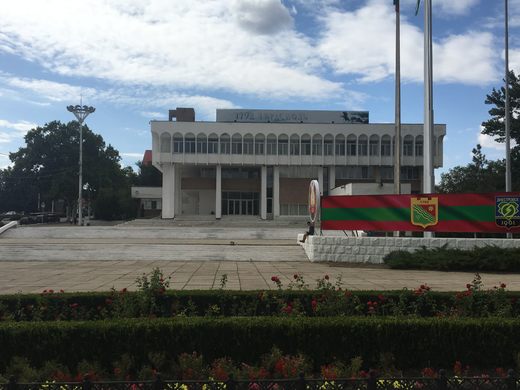









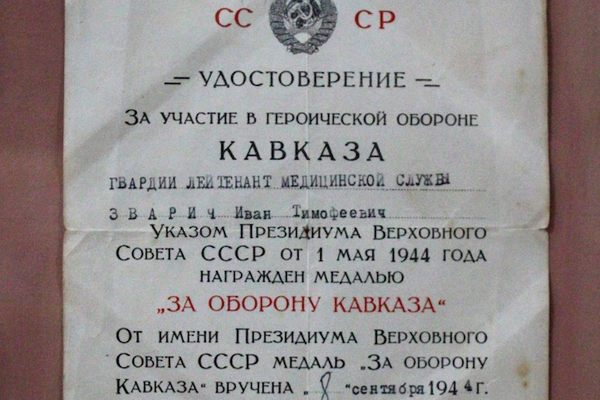


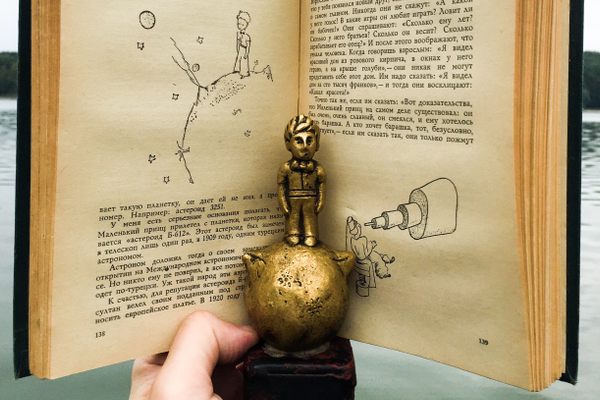


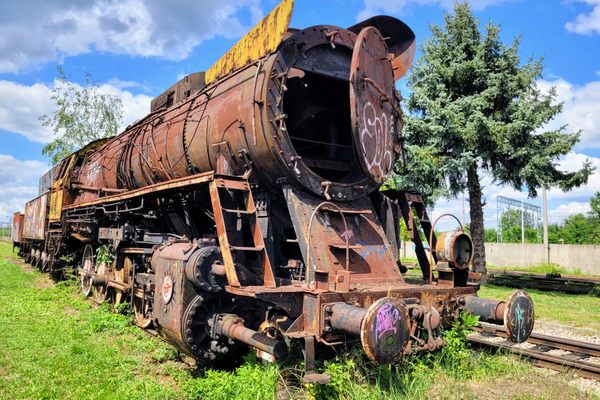
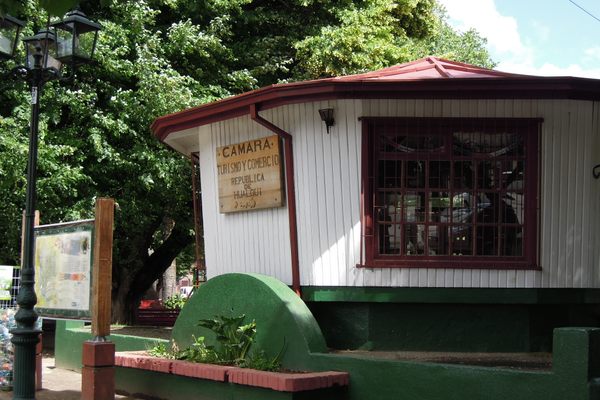

Follow us on Twitter to get the latest on the world's hidden wonders.
Like us on Facebook to get the latest on the world's hidden wonders.
Follow us on Twitter Like us on Facebook